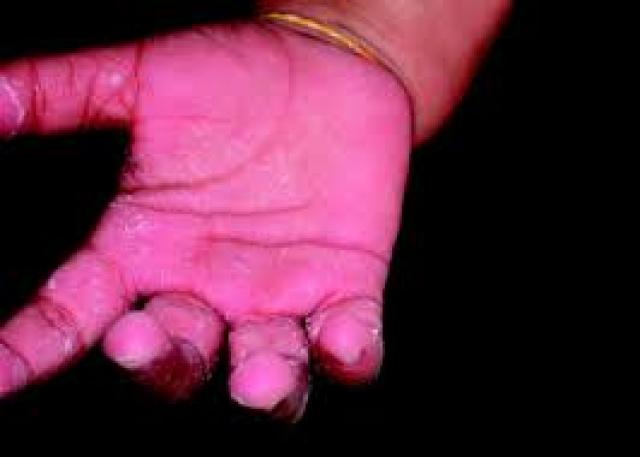Mercury poisoning is a type of metal poisoning due to exposure to mercury. Symptoms depend upon the type, dose, method, and duration of exposure. They may include muscle weakness, poor coordination, numbness in the hands and feet, skin rashes, anxiety, memory problems, trouble speaking, trouble hearing, or trouble seeing. High-level exposure to methylmercury is known as Minamata disease. Methylmercury exposure in children may result in acrodynia (pink disease) in which the skin becomes pink and peels. Long-term complications may include kidney problems and decreased intelligence. The effects of long-term low-dose exposure to methylmercury are unclear.
Forms of mercury exposure include metal, vapor, salt, and organic compound. Most exposure is from eating fish, amalgam based dental fillings, or exposure at work. In fish, those higher up in the food chain generally have higher levels of mercury. Less commonly, poisoning may occur as a method of attempted suicide. Human activities that release mercury into the environment include the burning of coal and mining of gold. Tests of the blood, urine, and hair for mercury are available but do not relate well to the amount in the body.
Prevention includes eating a diet low in mercury, removing mercury from medical and other devices, proper disposal of mercury, and not mining further mercury.

